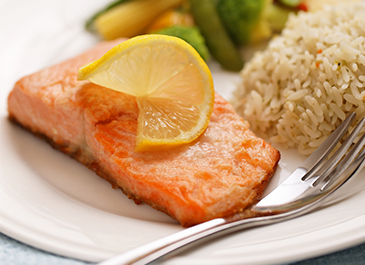Knowing what fish you’re buying and eating is a major concern these days. The New York Times revealed a new study that found that 58% of retail outlets in New York City were selling mislabelled fish. Similar findings have been found in many other cities.
Red snapper was the most common culprit with the study finding 13 different types of fish sold as snapper, including tilapia and tilefish, which can contain high levels of mercury (Source).
For most consumers, this information does not sit well. They are demanding more transparency from the food industry and do not want to feel misled. They’re also trying to balance this fear against the well-known nutrition message to eat fish 2 or 3 times per week. Fish is recommended as a preferred protein choice due to its healthy unsaturated fat profile.
So how can retailers help consumers buy fish and feel good about it?
Programs like Oceanwise, by the Vancouver Aquarium, and the Marine Stewardship Council, set sustainability standards and work with retailers and fisheries to certify them and ensure compliance. This third-party verification can help consumers feel confident in their purchases. The programs also provide logos and guidance for retailers in creating the marketing, for example stickers or posters, that help consumers understand the program and the reasons for participating.
Consumer education can dramatically increase sales of fish and seafood that meet the standards, like cod for example. Sales of non-sustainable fish, like sole, correspondingly drop. And overall, growth in the entire category has been shown to increase with participation in one of these programs. What’s the catch? There isn’t one (except the daily catch that is!). It just makes sense to be part of an initiative that keeps our fish industry sustainable for the long term, and educates the consumer to make a food choice that they can feel good about. There’s certainly nothing fishy about that!

